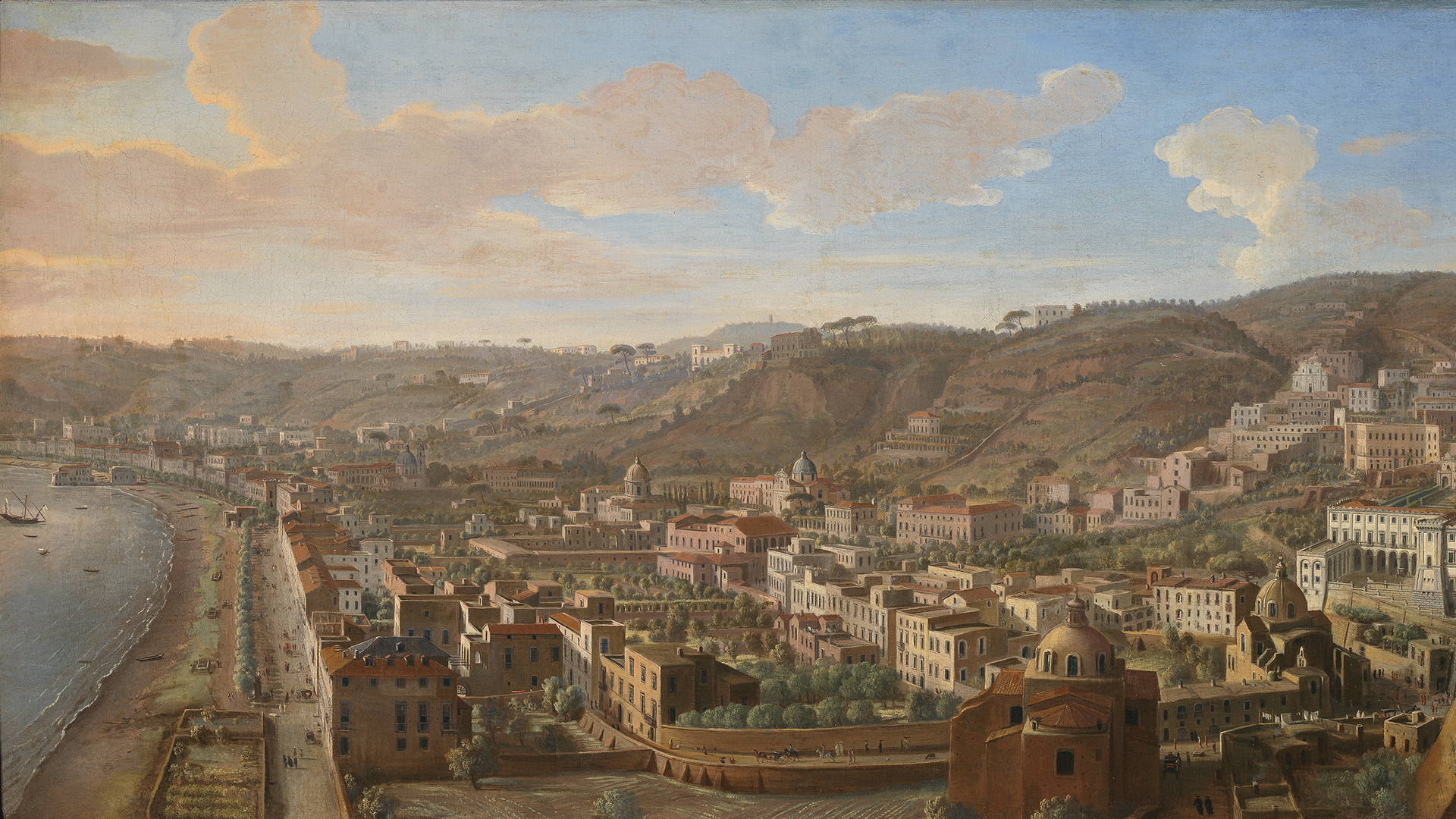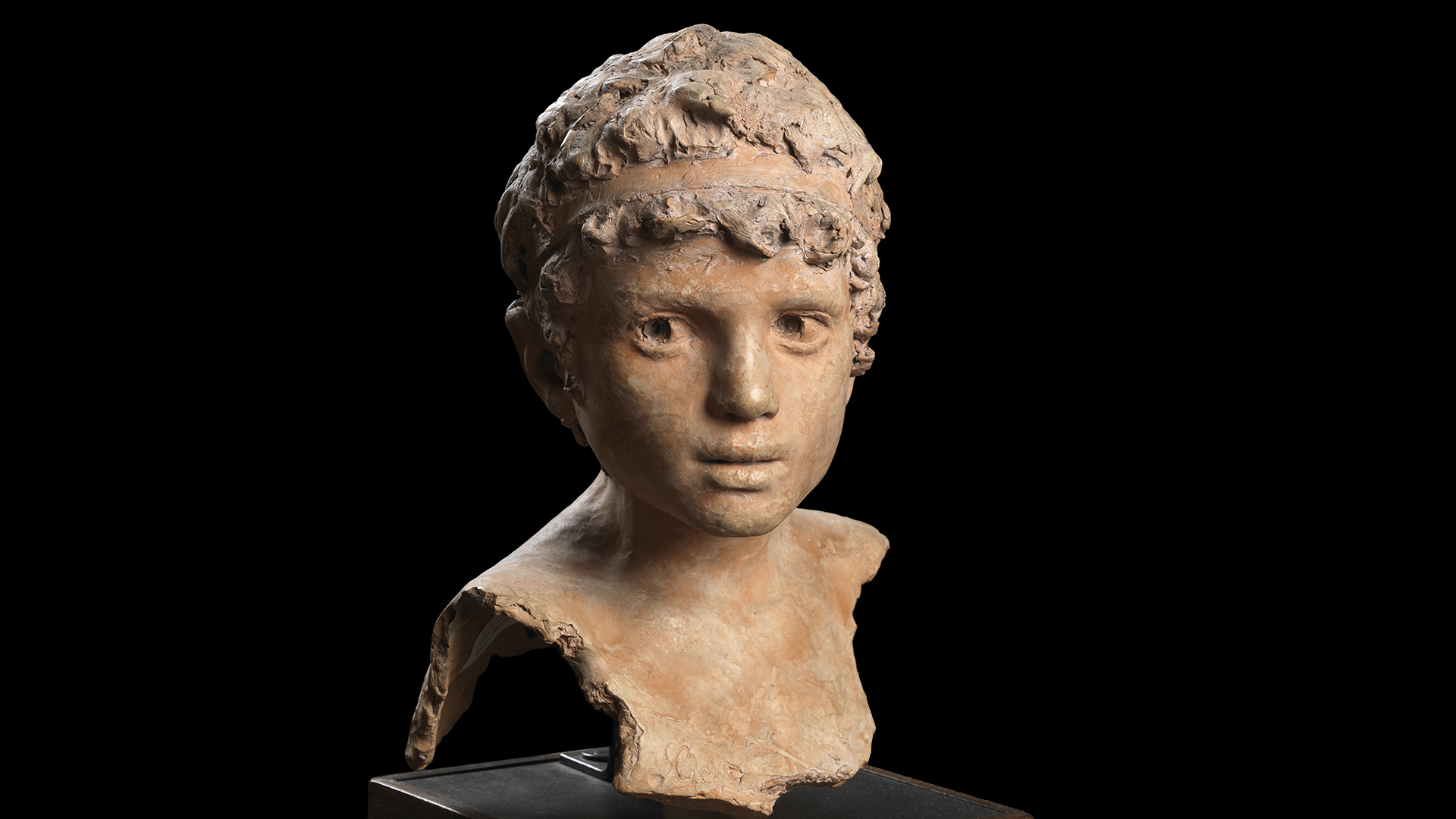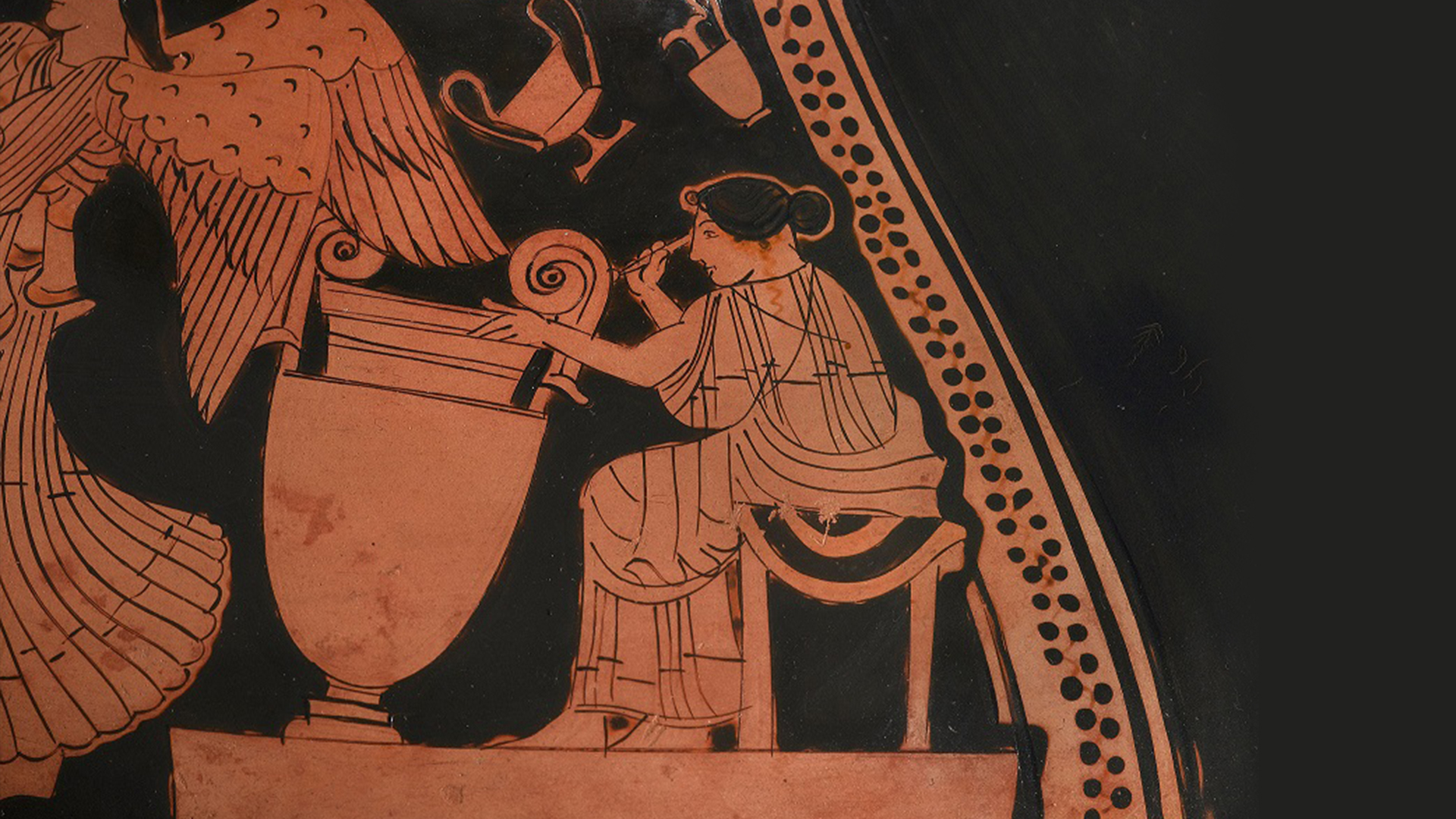On 21 May the new Intesa Sanpaolo Gallerie d’Italia exhibition venue opened to the public in Naples, moving from Palazzo Zevallos Stigliano to the monumental historic headquarters of the former Banco di Napoli in via Toledo 177. The opening of the new museum in Naples followed a few days after that of the new museum in Turin’s Piazza San Carlo.
The new Gallerie d’Italia in Naples were designed, like those in Turin, by Michele De Lucchi, one of Italy’s most well-known architects, in the magnificent building of the Banco di Napoli designed in 1940 by Marcello Piacentini. Also the new museum in Naples’ via Toledo aims to underscore the presence of Gallerie d’Italia in the city’s social fabric, in order to encourage the emergence of virtuous cultural dynamics and the enhancement of the artistic heritage of Intesa Sanpaolo.


